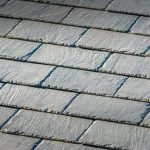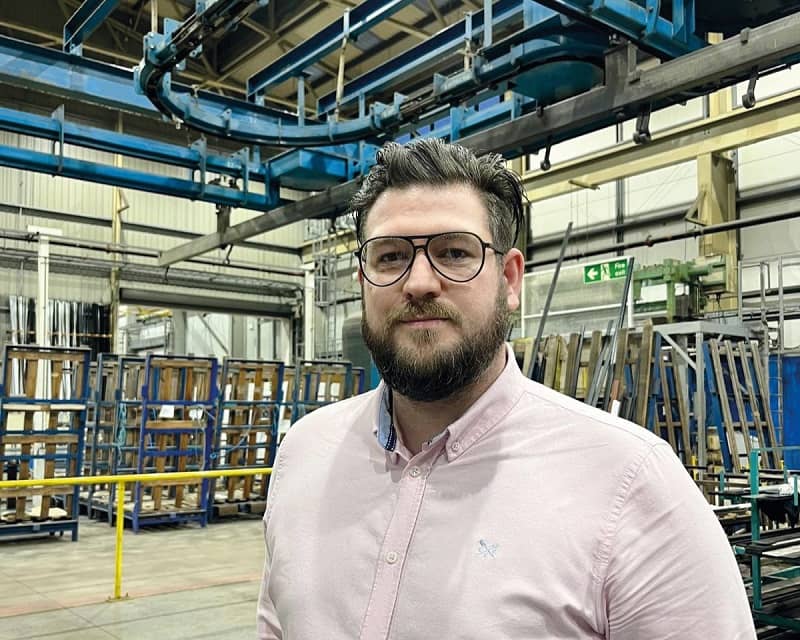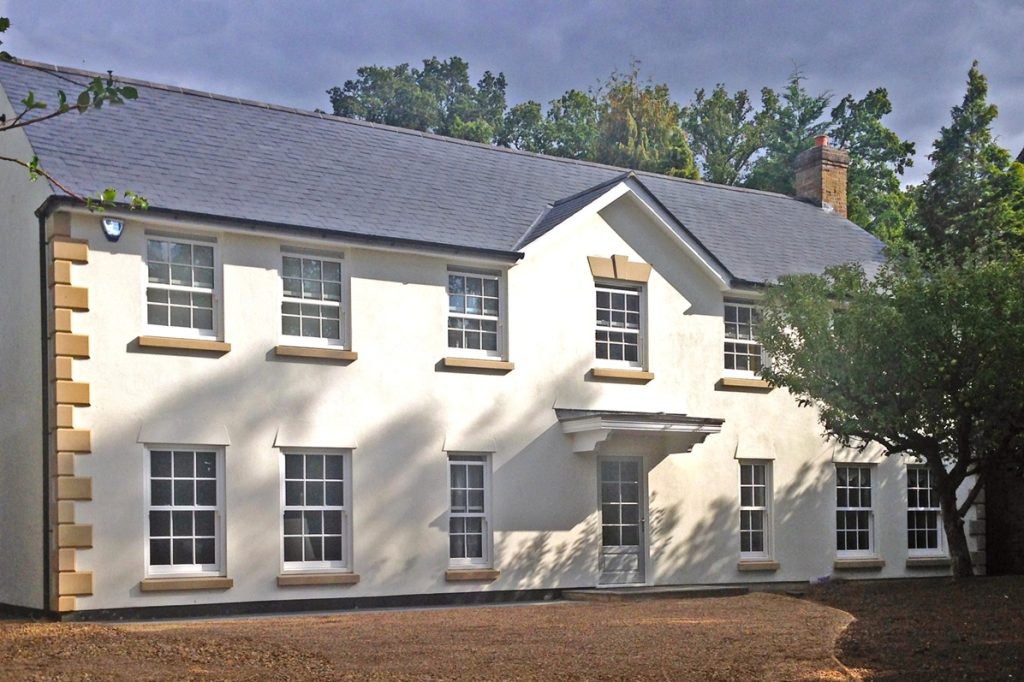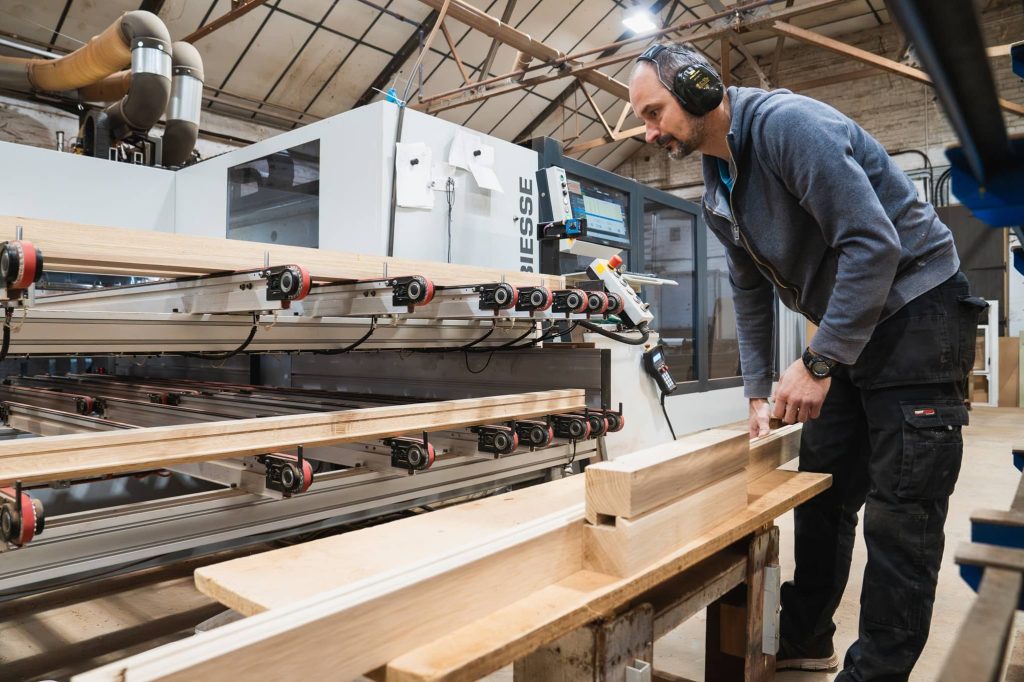Call for construction firms to harness technology

Smart Construction Project management system concept, Engineer using a digital tablet on a construction site.
The UK’s slow-to-change-its-ways construction industry needs to harness the power of technology to flourish in a post-Brexit world, according to one industry specialist.
Dan Grimshaw says unless the majority of future new homes are constructed off-site, the government is unlikely to achieve its pledge to reach net zero carbon by 2050.
“Brexit was hailed as a means of transforming the UK into a technology superpower and that same ethos needs to carry on through into home building,” said Dan, from Beam Development.
“To meet the government’s net zero carbon promise and 300,000-homes-a-year target, the focus needs to be more on prefabrication and factory-based methods.
“The construction industry still has an old-fashioned way of doing things with practices leftover from the past. It’s going to have to keep up or we’ll get left behind.
“Building onsite means juggling with challenging time schedules and so many variables: the weather, the quality of the people, the different materials, to name but a few.
“And what’s more, you couldn’t even get a mortgage on a timber framed house until quite recently, which has also slowed down the pace of modernisation.
“By contrast, off-site construction is about quality control, and being able to build things in a managed environment rather than being out on a building site.
“Ultimately the big players in the industry will have to move to off-site construction and there will then be a sea change – as was the case with electric cars – then it will all become normal.”
Earlier this month’s the Government announced it is set to establish a Modern Methods of Construction (MMC) taskforce to accelerate the delivery of MMC homes in the UK.
Dan says the advantages of MMCs can be seen across the spectrum of specification.
“Where homes are constructed along a production line in a factory setting – rather than on a building site – makes sense and creates huge carbon savings,” he added.
“Modular homes can be installed within days and are high-tech, hard-wearing and provide a contemporary solution to traditional construction problems.
“A streamlined process that can be repeated time and again for each project means costs are saved through economies of scale and lowered design costs.
“The buildings are designed in panels, so simple designs can be achieved easily, while more complex ones which involve more work, take a little longer.
“Houses or sections of a house will come on a lorry from the factory, pre-assembled, and with everything installed including a boiler, and delivered to the site.
“All of the electric components just need to be clipped and connected together by a house assembly team and the whole thing can be ready in days.
“There will still be specific skills needed in the design and in manufacturing of course, but these will be done in the factory under more controlled conditions.”
In Europe Estonia-based Kodasema is the world’s fourth-largest exporter of MMC houses, with Germany’s Huff Haus the high-spec market leaders, and BoKlok, meanwhile, a joint venture between Scandinavian giants Skanska and Ikea, caters for the mass market.
As part of the Future Homes Standard, the government has outlined plans to reduce carbon emissions from homes by almost a third.




















